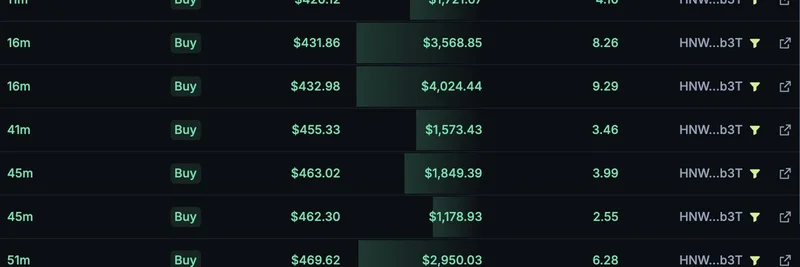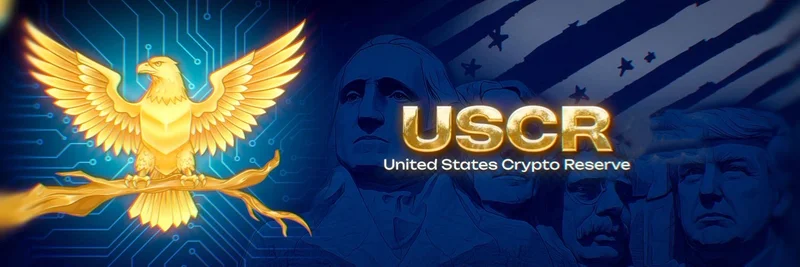Hey there, crypto enthusiasts! If you’re into the latest happenings in the Ethereum world, you’re in for a treat. The Ethereum Foundation (EF) just dropped a juicy thread on X, giving us a sneak peek into their protocol research updates for the weeks of July 18 to August 1, 2025. Posted by ladislaus.eth, this thread dives into some exciting developments that could shape the future of Ethereum. Let’s break it down in a way that’s easy to digest, even if you’re new to the blockchain scene!
What’s in the EF Protocol Research Updates?
The thread highlights a bunch of new posts and papers that cover cutting-edge topics. Here’s what caught our eye:
Secure Data Availability Sampling: This update explores how one-dimensional and two-dimensional encoding strategies can make data more efficient and secure. Think of it like a puzzle—light clients (the lightweight versions of nodes) can verify data without downloading everything, which is a game-changer for scalability.
Measuring CEX-DEX MEV: Ever heard of Maximal Extractable Value (MEV)? It’s the profit miners or validators can make by reordering transactions. This paper digs into how arbitrage between centralized (CEX) and decentralized exchanges (DEX) works on Ethereum, revealing some eye-opening economic trends. It’s a deep dive into who’s making money and how it affects decentralization.
Prover Markets: This one’s all about incentivizing provers in a zero-knowledge Ethereum Virtual Machine (zkEVM). It proposes a market design where provers compete to provide proofs, making the system more trustless and efficient. Pretty cool, right?
Stateless Techniques for Real-Time Proving: The stateless consensus team found that chunk-based merkleization can shrink proof sizes significantly. This is huge for real-time proving on Ethereum’s Layer 1 and for stateless clients—nodes that don’t need to store the full blockchain state.
FOCIL and ePBS Compatibility: The thread also touches on how FOCIL (a transaction inclusion list) and ePBS (enhanced Proposer-Builder Separation) work together. This synergy could stabilize the beacon chain, a critical part of Ethereum’s proof-of-stake system.
Why Should Meme Token Fans Care?
You might be wondering, “What does this have to do with meme tokens?” Well, Ethereum’s infrastructure improvements can indirectly boost the ecosystem where meme tokens thrive. Faster, cheaper, and more secure transactions mean more room for fun projects like Dogecoin or Shiba Inu to flourish. Plus, understanding these updates can help blockchain practitioners—like developers or traders—stay ahead of the curve.
Digging Deeper into the Highlights
Let’s zoom in on a couple of these topics. The CEX-DEX MEV analysis, for instance, builds on a paper co-authored by Fei Wu. It shows how arbitrage is concentrating among a few big players, which could impact how meme token prices move between exchanges. Meanwhile, the stateless techniques thread, linked to Stateless Consensus, could make it easier for smaller nodes to join the network, potentially decentralizing the space where meme tokens operate.
The prover markets idea, tied to Julian’s post, is another gem. It’s all about creating a competitive market for proof generation, which could lower costs for zkRollups—Layer 2 solutions that might one day host meme token projects. And the FOCIL and ePBS update, from Jihoon Song, hints at better stability, which is music to any token holder’s ears.
What’s Next?
If you’re itching to learn more, the thread links to detailed resources. Check out the data availability sampling post, the CEX-DEX MEV paper, the prover market design, the stateless analysis, and the FOCIL-ePBS summary. Plus, there’s a nod to last week’s update here for those who want the full backstory.
This EF research roundup is a goldmine for anyone interested in Ethereum’s evolution. Whether you’re a meme token enthusiast or a blockchain nerd, keeping an eye on these developments can give you an edge. So, what do you think—ready to dive into the tech behind the tokens? Drop your thoughts in the comments, and let’s chat!




